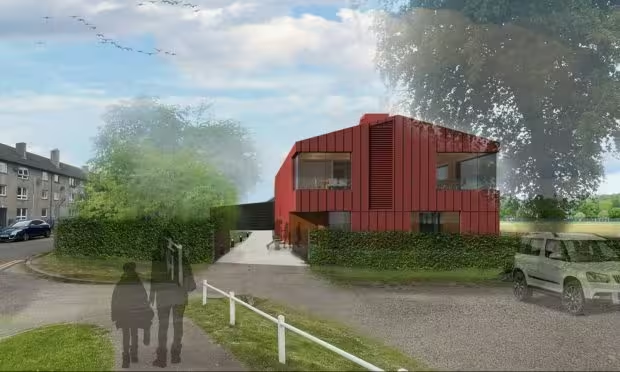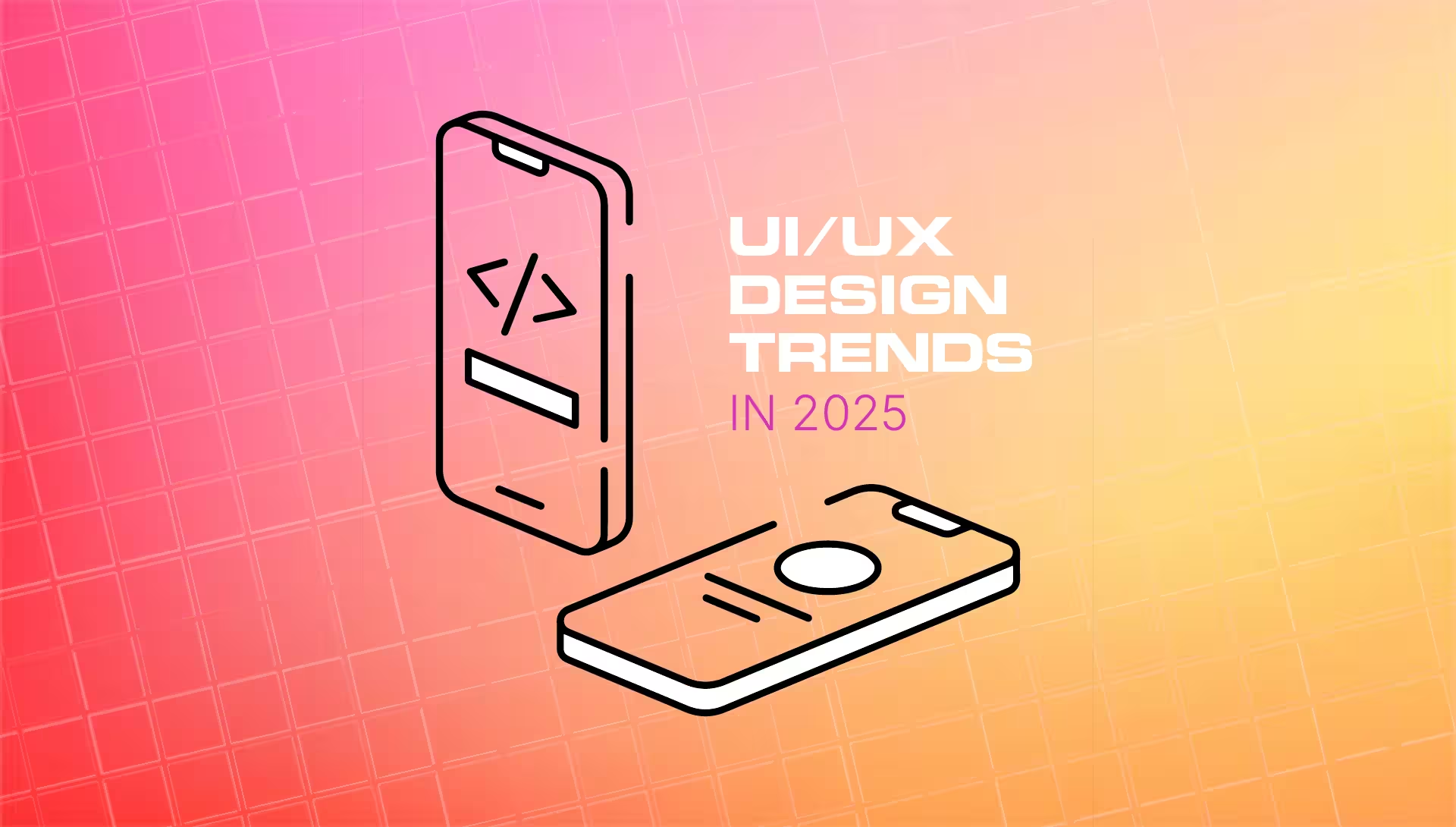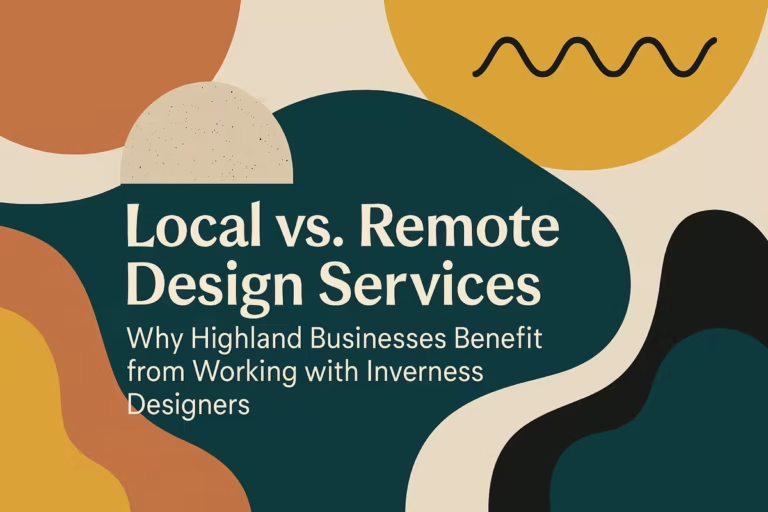2025 is shaping up to be an exciting year in the world of UX/UI design as the principles of user interface (UI) and user experience (UX) design continue to evolve. Staying ahead of these trends ensures businesses and designers create innovative and engaging experiences. In this article, we explore the key UI/UX design trends set to dominate the year ahead, backed by practical applications and insights from within the creative industries.
Table of Contents
1. Immersive Minimalism: Less is More
Minimalism remains a cornerstone of effective design, but in 2025, it takes on an immersive dimension. The focus is on stripping down interfaces to their essentials while enhancing user engagement through:
Micro-interactions:
Small animations provide feedback and make interfaces feel alive. As an example, our team of web designers in Inverness always includes the implementation of micro-animations into every web design and build project. These are usually prototyping in Figma, allowing our web design team to visualise the animations in action before the web development process takes place.
The following video illustrates how our web design team in Inverness uses micro-animations within Figma.
Soft Gradients and Monochromatic Palettes:
These elements ensure visual clarity while adding depth.
Whitespace Optimisation:
Proper spacing improves readability and navigability. This can be achieved through implementing ‘ratio spacing’ and making the interface alignment pixel perfect.
The following video describes the science behind correct letter and button spacing and the specific ratio’s needed to create a pleasing layout.
2. AI-Driven Personalisation
Artificial Intelligence continues to revolutionise UX design, allowing for hyper-personalised user experiences. By analysing user behaviour, designers can craft interfaces that anticipate user needs:
Dynamic Content:
Tailored recommendations and content updates in real-time.
Predictive Navigation:
AI suggests the next step in the user journey.
Accessibility Enhancements:
AI adapts layouts for visually or hearing-impaired users.
Real-life Example: A tourism website in the Scottish Highlands integrated AI-driven personalisation, resulting in a 50% boost in engagement.
3. Voice-First Interfaces
With the rise of smart assistants, voice-first interfaces are transforming how users interact with technology. These interfaces focus on:
Conversational Design:
Natural language processing (NLP) ensures smooth, human-like interactions.
Voice Biometrics:
Enhancing security while personalising user experiences.
Visual Support for Voice:
Seamlessly integrating voice commands with visual feedback.
Real-life Example: An Inverness-based retail app leveraged voice-first technology to simplify navigation, leading to a 20% reduction in cart abandonment rates.
4. Interactive Digital Displays
In 2025, interactive digital displays are expected to completely transform UX/UI design by providing users with more intuitive and engaging experiences. These displays facilitate real-time interaction, enhancing user engagement and satisfaction. By incorporating touch, gesture, and voice controls, they provide seamless navigation and accessibility. Additionally, integrating augmented reality (AR) and virtual reality (VR) elements into these displays creating a level of immersion which helps to describe the environments that capture users attention.
Enhanced User Engagement:
Interactive elements capture user attention, leading to longer interaction times and improved satisfaction.
Seamless Navigation:
Touch, gesture, and voice controls offer intuitive navigation, making interfaces more accessible and user-friendly.
Immersive Experiences:
AR and VR integrations create captivating environments, providing users with a more engaging and memorable experience.
The Shinty Museum in Bucht Park is due to open it’s doors following an extensive refurbishment that houses new interactive exhibits related to Shinty. Visitors to the exhibition will be able to navigate through various screens to access information on the game’s history and origins. By implementing an immersive and interactive approach through the use of interactive digital displays, The Shinty Museum in Inverness is hoping to inspire young visitors and tourists to get involved in one of our traditional sports.
The Shinty Museum Project is covered in greater detail in this Press and Journal article.

5. Inclusive Design for Accessibility
Accessibility is a key focus in 2025, with designers prioritising inclusivity:
Adaptive Interfaces:
Adjusting UI elements based on user needs.
Accessible Colour Schemes:
Ensuring contrast and readability for all users.
Keyboard-Only Navigation:
Catering to users with motor impairments.
Real-life Example: A local Inverness charity’s website overhaul included accessibility features, doubling its reach within six months.
6. Sustainable Design Practices
With the growing emphasis on sustainability, digital products are adopting eco-friendly principles:
Energy-Efficient Design:
When creating mobile applications that save battery life, efficient code and techniques are essential. Developers may drastically save energy use by minimising pointless calculations and optimising resource use.
Strategies for Efficient Code:
Reduce CPU use by avoiding repetitive loops that use CPU resources and by running resource-intensive activities in the background.
Optimise Memory Usage: Make use of methods and data structures that minimise memory usage. When resources and objects are no longer required, release them as soon as possible.
Reduce Network Activity: To cut down on the device’s radio/network utilisation, batch requests wherever feasible and limit their frequency.
Proper management of background tasks and services is crucial for battery optimisation. Both Android and iOS offer mechanisms for executing background tasks efficiently.
Best Practices for Background Tasks:
Push Notifications: Use effective push notification techniques, such as batch delivery and aggregating notifications.
Background Execution: On iOS, only use background modes when absolutely required. For effective background task scheduling on Android, use JobScheduler.
Dark Mode Priority:
Minimising energy usage for devices with OLED screens.
To summarise
The UI/UX design trends of 2025 highlight the importance of creating user-centred, accessible, and sustainable digital experiences. By adopting these innovative practices, businesses and designers can stay competitive while enhancing user satisfaction. Whether integrating AI, leveraging AR, or focusing on inclusive design, staying ahead of these trends is essential for success in the ever-changing digital landscape.
The following video covers some other trends to watch out for in UI/UX design in 2025.



